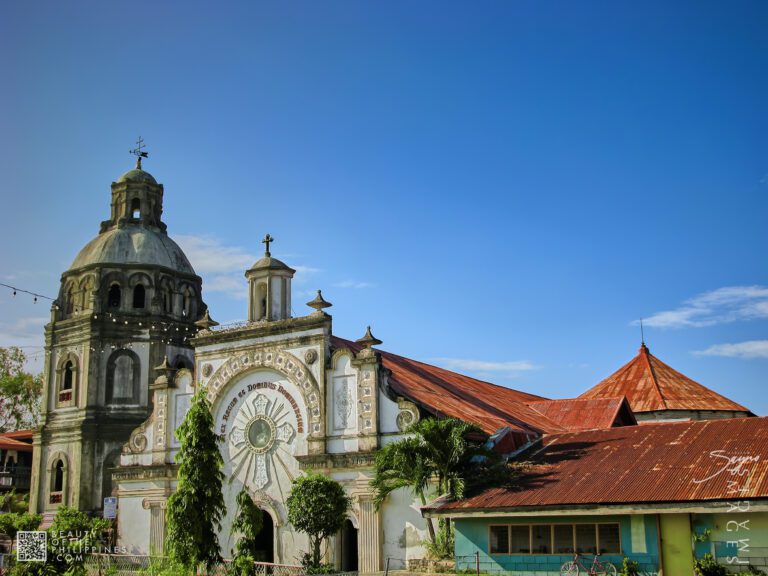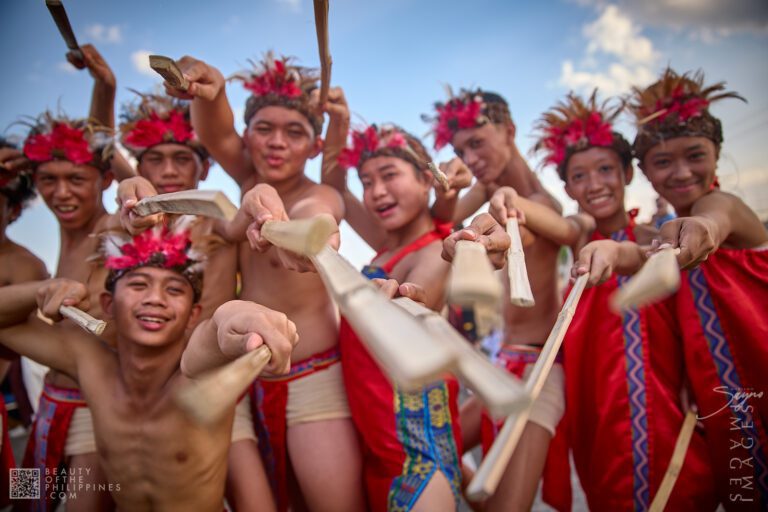
Lubenas Ning Pasku: Keeping Christmas Light Alive in Pampanga
Lubenas in Magalang, Pampanga is a deeply rooted Christmas tradition where faith, light, and community come together during the days leading up to Christmas. Each
If there’s one thing people instantly associate with Pampanga, it’s food—rich, flavorful, unapologetically bold food. Located just north of Metro Manila, Pampanga has long carried the title of Culinary Capital of the Philippines, and rightfully so. Whether you’re in Angeles City, San Fernando, or some sleepy barangay tucked between sugarcane fields, every table tells a story.
From the famously hearty sisig—crispy, sizzling, porky perfection—to heirloom dishes like kare-kareng buntot and bringhe, there’s a kind of edible pride here. Even their street food hits different. Ever had kamaro? That’s mole crickets sautéed in garlic and vinegar. Sounds wild, tastes incredible.
But let me explain—Pampanga isn’t just about what’s on your plate. It’s about the heritage behind it, the grandmothers who’ve passed down recipes like family treasures, and the bustling weekend markets where food isn’t just sustenance—it’s an experience.
Every December, San Fernando transforms into a dazzling city of light for the Giant Lantern Festival—or Ligligan Parul. We’re talking giant, kaleidoscopic lanterns made of thousands of bulbs, spinning and dancing in rhythm. It’s not just a competition; it’s a show of craftsmanship, community pride, and creativity.
You know what? Even if you’re not religious, stepping into old Pampanga churches is something else. There’s a kind of reverence in the air. The San Guillermo Parish Church in Bacolor, for example, stands partially buried from the lahar flows of Mount Pinatubo’s eruption in the ’90s. Yet, it remains standing—quietly resilient, like the Kapampangan people themselves.
Now let’s talk outdoors. If you’re the type to chase landscapes and breathe in silence, Mount Arayat might just be your kind of place. This dormant volcano rises dramatically out of the flat plains, almost mythic in its isolation. The locals have stories—legends of the god Sinukuan who supposedly lived there. Whether you’re hiking to the summit or just admiring it from a rice field, it’s got that timeless, postcard vibe.
Nearby, places like Candaba Swamp offer birdwatching in its purest form—hundreds of migratory birds dropping by like old friends. Not the usual touristy stuff, but definitely soul-refreshing.
Pampanga isn’t stuck in the past either. Over the past decade, the province has blossomed with resorts, eco-parks, and adventure zones.
Take Sandbox at Alviera in Porac, for example. It’s got a giant swing, an aerial walk, ATV trails—you name it. Great for families, barkadas, or anyone needing a quick thrill.
Want a more laid-back escape? Try hidden gems like Pradera Verde or the floating cottages in Sasmuan. Some resorts even sit right by fishponds, so you can paddle in a kayak while herons fly overhead. Simple, local, but so full of charm.
One of the most underrated experiences in Pampanga is exploring its creative side. The province has a quiet army of artisans—furniture makers in Betis, lantern makers in San Fernando, and wood carvers whose hands carry generations of skill.
If you’re into slow tourism, drop by a pottery workshop, join a cooking demo, or visit ancestral homes in Guagua. Some places will even invite you into their kitchens or gardens. It’s tourism stripped of the fluff—just honest, genuine Kapampangan hospitality.
Clark used to be known as an American airbase, but these days? It’s practically its own city. It’s got everything: an international airport, casinos, shopping outlets, hotels, and a surprising amount of greenery.
Clark Museum and 4D Theater dives into local history, while Nayong Pilipino Clark gives you a walk-through of Philippine heritage in miniature. And if you time your visit right, you might catch the Philippine International Hot Air Balloon Fiesta—colorful, dreamy, and perfect for your feed.
Here’s the thing: Pampanga isn’t trying too hard. It doesn’t scream for attention like other tourist magnets. Instead, it quietly draws you in with its layered stories—of flavor, resilience, tradition, and progress.
You can eat like royalty, walk through centuries-old towns, or hike up a mountain with local legends in your head. One day you’re biking through sugarcane fields, the next you’re watching fireworks beside a lantern 20 feet wide.
And when you leave? You carry that warmth with you. The kind that lingers—not flashy, but familiar. Like a dish you can’t stop thinking about. Like a province that feels like home.

Lubenas in Magalang, Pampanga is a deeply rooted Christmas tradition where faith, light, and community come together during the days leading up to Christmas. Each

If you’re cruising through Pampanga, you simply can’t miss Betis Church — officially known as the Parish Church of Saint James the Apostle. This church

Bacolor, Pampanga, a town steeped in history and culture, is home to the Bacolor Church also known as San Guillermo Parish Church, a landmark that

The Balacat Festival in Mabalacat, Pampanga, stands as a vibrant celebration of the city’s rich culture and heritage, attracting visitors from far and wide to
EXPLORE MORE ABOUT THE
Philippines
BROWSE BY CATEGORIES